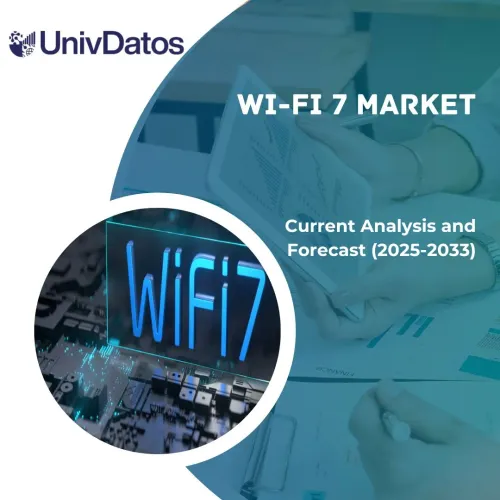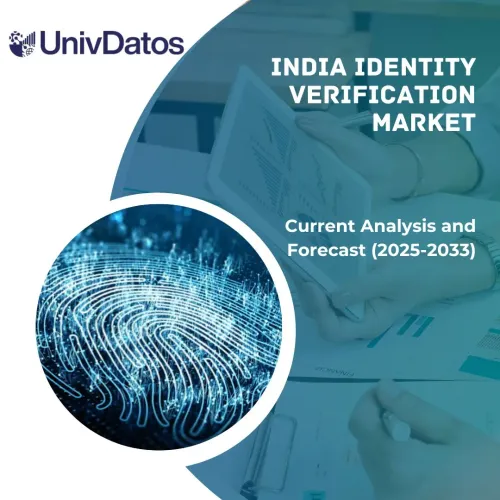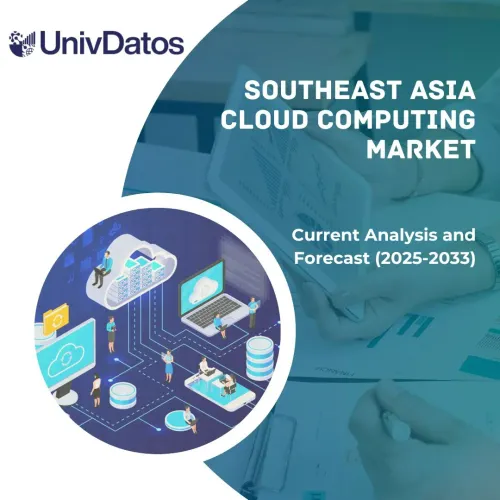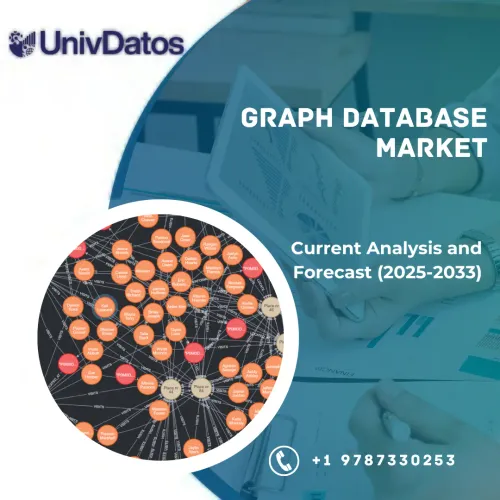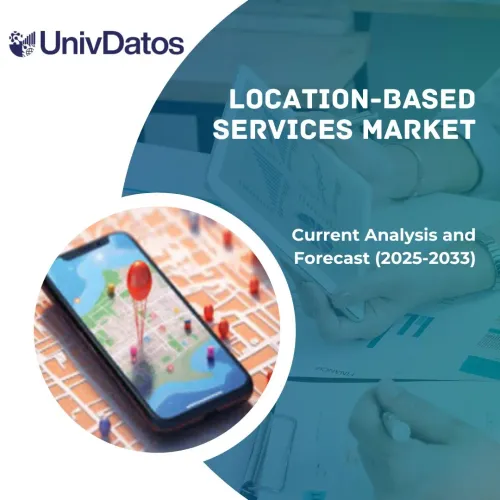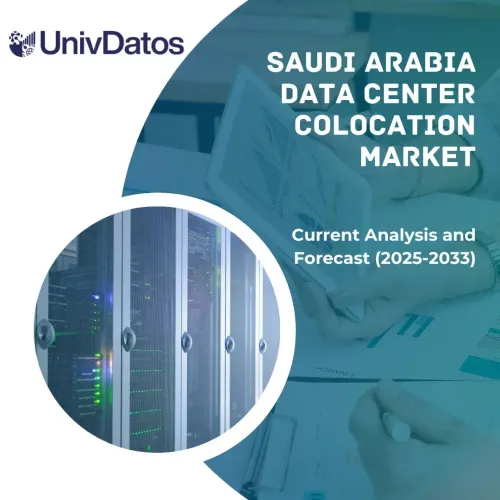- Home
- About Us
- Industry
- Services
- Reading
- Contact Us
IoT in Smart Cities Market: Current Analysis and Forecast (2022-2028)
Emphasis on Offerings (Solutions {Remote Monitoring, Real-time Location System, Data Management, Others}, Services {Professional services, Managed services}); Devices (Smart Sensors, Cameras, Meters, Others); Applications (Smart Transportation, Smart Building, Smart Utilities, Others).
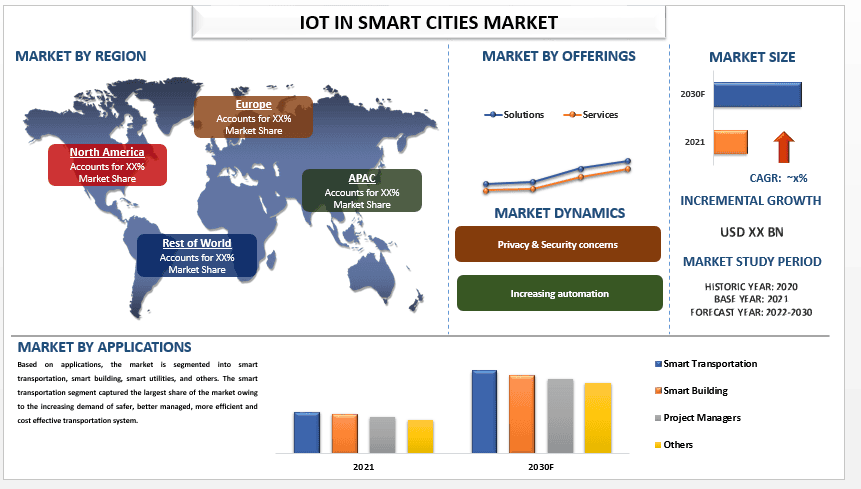
The IoT in Smart Cities Market is expected to grow at a strong CAGR of xx% during the forecast period owing to the rising adoption of connected and smart technologies in smart cities initiatives. A smart city is a city that uses the information and communication technology (ICT) to bring the development in the cities, making the city fully automated by increasing the operational efficiency. Smart cities includes the sharing of information with the public and improve both the quality of government services and citizen welfare. The main motive of a smart city is to maximise city functions and also encouring the economic growth while also improving the quality of life for citizens by using smart technologies and data analysis. In addition, the demand for IoT devices for the development of smart cities is being fueled by the growing preference for effective energy management solutions for ensuring appropriate metering and reducing resource waste. IoT technology providers are also being drawn to the development of transportation infrastructure in smart city projects for better control and monitoring facilities, lowering carbon emissions, and competent road optimization and planning.
Some of the major players operating in the market include Cisco Systems, Inc.; StreetLight Data, Inc.; BUILDING ROBOTICS INC.; Locusview Inc; Optibus; Enevo, Inc.; Clarity Movement Co.; Telensa; Sensus; Avnet, Inc.Altus Group.; Autodesk Inc.; CoStar Group; Microsoft; MRI Software LLC; Oracle; RealPage, Inc.; SAP SE; Trimble Inc.; Yardi Systems, Inc.
Insights Presented in the Report
“Amongst offerings, the solution segment holds the highest share of the market during the forecast period.”
Based on offerings, the market is bifurcated into solutions and services. According to the data, the solution segment accounts for the majority of revenue. As a result of incorporating Internet of Things (IoT) solutions into emerging technologies, infrastructure is made safer, society is made more equitable, the rate of crime is reduced, and technologically advanced environments are made available. Because of its capacity to control the force of geospatial aspects and utilize all informational collections, the revealing and examination arrangement is generally utilized.
IoT in Smart Cities Market Report Coverage
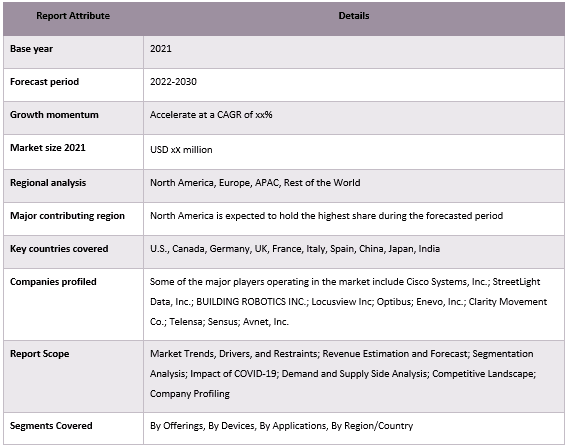
“Amongst devices, the sensors segment captured the majority share of the IoT in smart city market in 2021.”
Based on devices, the market is segmented into smart sensors, cameras, meters, others . Among these, the smart sensors segment will withhold the maximum CAGR in the forecasted period to enable the automated collection of environmental data with greater accuracy and reduced erroneous noise among the accurately recorded data.
“North America holds the largest share of the IoT in Smart Cities market in 2021.”
North America witholds the largest revenue share. The district is bound to utilize IoT-based arrangements and administrations inferable from the accessibility of manageable and deep rooted economies. New technologies are also developed as a result of these factors and rising investments in research and development. In addition, the region’s network operators are more likely to make investments in the development of 5G infrastructure, such as cloud edge computing and network slicing, as well as in strengthening and improving their telecom networks. Additionally, there is a rising adoption of IoT in the smart cities market for economic and strategic urban management.
Reasons to buy this report:
- The study includes market sizing and forecasting analysis validated by authenticated key industry experts.
- The report presents a quick review of overall industry performance at one glance.
- The report covers an in-depth analysis of prominent industry peers with a primary focus on key business financials, product portfolios, expansion strategies, and recent developments.
- Detailed examination of drivers, restraints, key trends, and opportunities prevailing in the industry.
- The study comprehensively covers the market across different segments.
- Deep dive regional level analysis of the industry.
Customization Options:
The global IoT in Smart Cities market can further be customized as per the requirement or any other market segment. Besides this, UMI understands that you may have your own business needs, hence feel free to contact us to get a report that completely suits your requirements.
Table of Content
Research Methodology for the IoT in Smart Cities Market Analysis (2022-2030)
Analyzing the historical market, estimating the current market, and forecasting the future market of the global IoT in Smart Cities market were the three major steps undertaken to create and analyze the adoption of IoT in Smart Cities in major regions globally. Exhaustive secondary research was conducted to collect the historical market numbers and estimate the current market size. Secondly, to validate these insights, numerous findings and assumptions were taken into consideration. Moreover, exhaustive primary interviews were also conducted, with industry experts across the value chain of the global IoT in Smart Cities market. Post assumption and validation of market numbers through primary interviews, we employed a top-down/bottom-up approach to forecasting the complete market size. Thereafter, market breakdown and data triangulation methods were adopted to estimate and analyze the market size of segments and sub-segments of the industry pertains to. Detailed methodology is explained below:
Analysis of Historical Market Size
Step 1: In-Depth Study of Secondary Sources:
Detail secondary study was conducted to obtain the historical market size of the IoT in Smart Cities market through company internal sources such as annual reports & financial statements, performance presentations, press releases, etc., and external sources including journals, news & articles, government publications, competitor publications, sector reports, third-party database, and other credible publications.
Step 2: Market Segmentation:
After obtaining the historical market size of the IoT in Smart Cities market, we conducted a detailed secondary analysis to gather historical market insights and share for different segments & sub-segments for major regions. Major segments are included in the report as offerings, devices, and applications. Further country-level analyses were conducted to evaluate the overall adoption of testing models in that region.
Step 3: Factor Analysis:
After acquiring the historical market size of different segments and sub-segments, we conducted a detailed factor analysis to estimate the current market size of the IoT in Smart Cities market. Further, we conducted factor analysis using dependent and independent variables such as type, deployment mode, end-use, and applications of the IoT in Smart Cities market. A thorough analysis was conducted of demand and supply-side scenarios considering top partnerships, mergers and acquisitions, business expansion, and product launches in the IoT in Smart Cities market sector across the globe.
Current Market Size Estimate & Forecast
Current Market Sizing: Based on actionable insights from the above 3 steps, we arrived at the current market size, key players in the global IoT in Smart Cities market, and market shares of the segments. All the required percentage shares split and market breakdowns were determined using the above-mentioned secondary approach and were verified through primary interviews.
Estimation & Forecasting: For market estimation and forecast, weights were assigned to different factors including drivers & trends, restraints, and opportunities available for the stakeholders. After analyzing these factors, relevant forecasting techniques i.e., the top-down/bottom-up approach were applied to arrive at the market forecast for 2028 for different segments and sub-segments across the major markets globally. The research methodology adopted to estimate the market size encompasses:
- The industry’s market size, in terms of revenue (USD) and the adoption rate of the IoT in Smart Cities market across the major markets domestically
- All percentage shares, splits, and breakdowns of market segments and sub-segments.
- Key players in the global IoT in Smart Cities market in terms of products offered. Also, the growth strategies adopted by these players to compete in the fast-growing market
Market Size and Share Validation
Primary Research: In-depth interviews were conducted with the Key Opinion Leaders (KOLs) including Top Level Executives (CXO/VPs, Sales Head, Marketing Head, Operational Head, Regional Head, Country Head, etc.) across major regions. Primary research findings were then summarized, and statistical analysis was performed to prove the stated hypothesis. Inputs from primary research were consolidated with secondary findings, hence turning information into actionable insights.
Split of Primary Participants in Different Regions
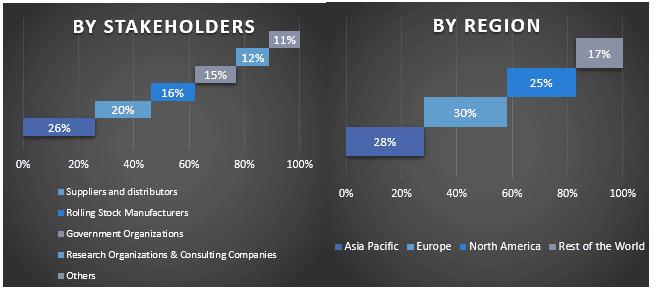
Market Engineering
The data triangulation technique was employed to complete the overall market estimation and to arrive at precise statistical numbers for each segment and sub-segment of the global IoT in Smart Cities market. Data was split into several segments & sub-segments post studying various parameters and trends in the areas of the type, deployment mode, end-use, and applications in the global IoT in Smart Cities market.
The main objective of the Global IoT in Smart Cities Market Study
The current & future market trends of the global IoT in Smart Cities market were pinpointed in the study. Investors can gain strategic insights to base their discretion for investments on the qualitative and quantitative analysis performed in the study. Current and future market trends determined the overall attractiveness of the market at a regional level, providing a platform for the industrial participant to exploit the untapped market to benefit from a first-mover advantage. Other quantitative goals of the studies include:
- Analyze the current and forecast market size of the IoT in Smart Cities market in terms of value (USD). Also, analyze the current and forecast market size of different segments and sub-segments.
- Segments in the study include areas of the type, deployment mode, end-use, and applications.
- Define and analysis of the regulatory framework for the IoT in Smart Cities industry.
- Analyze the value chain involved with the presence of various intermediaries, along with analyzing customer and competitor behaviors of the industry.
- Analyze the current and forecast market size of the IoT in Smart Cities market for the major region.
- Major countries of regions studied in the report include Asia Pacific, Europe, North America, and the Rest of the World
- Company profiles of the IoT in Smart Cities market and the growth strategies adopted by the market players to sustain in the fast-growing market.
- Deep dive regional level analysis of the industry
Related Reports
Customers who bought this item also bought

